Alibaba.com showcases a diverse range of optical displays, catering to the varying needs of retail eyewear businesses. Among the offerings, modern optical display stands and racks are prominent, designed to enhance the interior aesthetics of optical shops while providing functional value. These displays come in various forms, including wall-mounted units, freestanding kiosks, and countertop designs, each serving a unique purpose in the presentation and organization of eyewear.
For a more sophisticated look, there are customized luxurious optical shop counters and cabinets, often equipped with LED lighting to accentuate the eyewear. These are ideal for presenting high-end eyewear and can contribute to an upscale shopping experience. Additionally, rotatable eyeglasses display shelves and wood drawer cabinets offer a blend of traditional and modern design elements, allowing for an attractive and accessible way to showcase a variety of frames.
The selection also includes specialized displays such as jewelry showcases for eyewear, which can double as secure display options for more expensive pieces. For businesses aiming for a modern and fashionable vibe, there are contemporary eyewear display showcases, fashion eyewear showcases with locks, and aluminum display tables that provide a sleek and minimalist look.
In terms of functionality, optical display rods, eyewear shop fittings, and showroom designs are available to optimize the retail space. These displays are not only designed to be visually appealing but also to make the selection process easier for customers, ensuring that the eyewear is the focal point of their shopping experience.


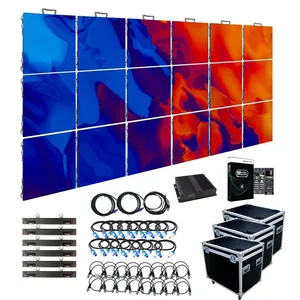





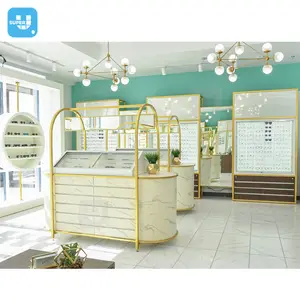




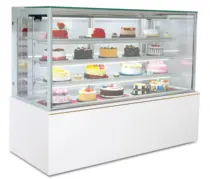


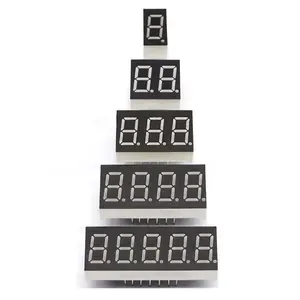


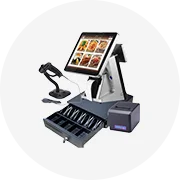
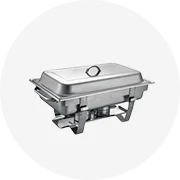
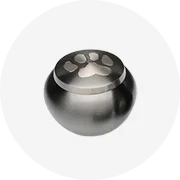
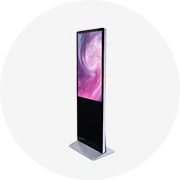

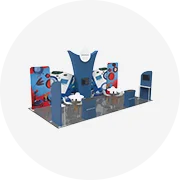
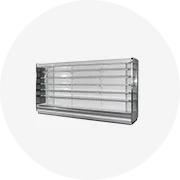
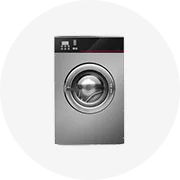
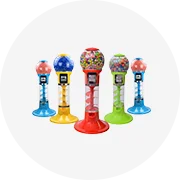
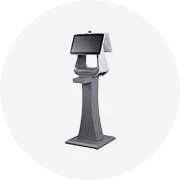
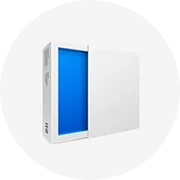












 浙公网安备 33010002000092号
浙公网安备 33010002000092号 浙B2-20120091-4
浙B2-20120091-4